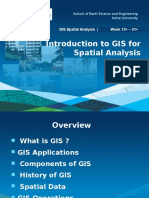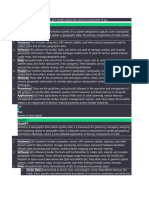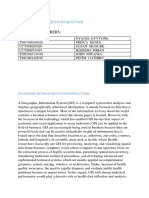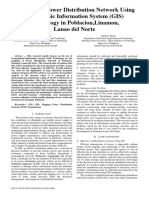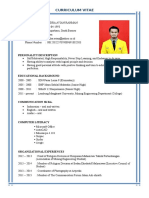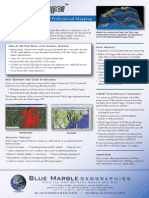0% found this document useful (0 votes)
13 views19 pagesSVG 516 Lecture Notes-1
The document provides lecture notes on GIS tools and applications, covering essential GIS subsystems such as data collection, storage, manipulation, and analysis. It discusses various methods for collecting spatial data, data formats, SQL's role in managing spatial databases, and the importance of Database Management Systems (DBMS) in GIS. Additionally, it outlines different types of DBMS and approaches to database design and implementation in GIS software.
Uploaded by
florencelyynnCopyright
© © All Rights Reserved
We take content rights seriously. If you suspect this is your content, claim it here.
Available Formats
Download as PDF, TXT or read online on Scribd
0% found this document useful (0 votes)
13 views19 pagesSVG 516 Lecture Notes-1
The document provides lecture notes on GIS tools and applications, covering essential GIS subsystems such as data collection, storage, manipulation, and analysis. It discusses various methods for collecting spatial data, data formats, SQL's role in managing spatial databases, and the importance of Database Management Systems (DBMS) in GIS. Additionally, it outlines different types of DBMS and approaches to database design and implementation in GIS software.
Uploaded by
florencelyynnCopyright
© © All Rights Reserved
We take content rights seriously. If you suspect this is your content, claim it here.
Available Formats
Download as PDF, TXT or read online on Scribd
/ 19






